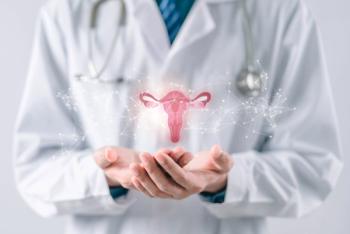
CME: Tubal sterilization: Pregnancy risk update
The latest on tubal sterilization failure rates can improve patient counseling on permanent contraception options.
As newer contraception methods are developed, knowledge about more traditional methods also improves. Indeed, even though birth control options for women have proliferated over the last 20 years, tubal sterilization remains one of the most widely used methods around the world.1 As reported by the 2002 US National Survey of Family Growth (NSFG),2 tubal sterilization was the second most common method of contraception among women aged 15 to 44, at 23.2%; moreover, in women over 35, it was the number one method. Globally, surgical sterilization is used more than any other contraceptive method, with 180 million women relying on the procedure.3 Tubal sterilization refers to a number of technical approaches, each associated with its own benefits and drawbacks. These include postpartum tubal ligation, interval open and laparoscopic sterilization methods, and the newest transcervical, hysteroscopic micro-insert placement (Essure Permanent Birth Control, Conceptus Inc., Mountain View, CA).
Since women who seek tubal sterilization are looking for a permanent contraceptive, effectiveness is of prime importance to them. So, with many sterilization options available, how do we best counsel women on the most effective method to use? The most important information we can offer them is the research on failure rates.
What methods of tubal sterilization can you offer patients?
INTERVAL STERILIZATION is chiefly performed through laparoscopy, minilaparotomy, or transcervical methods, and not at the time of delivery. The vaginal route is seldom used anymore. Laparoscopic options include silicone bands (Yoon and Falope Ring), spring clip (Hulka clip), titanium clip (Filshie Clip, CooperSurgical, Trumbull, CT), bipolar electrosurgical desiccation, and partial or complete salpingectomy.
The microinsert device, Essure, is placed hysteroscopically into the lumen of the tubes, with three to eight coils trailing into the cavity. The nickel-titanium outer coil stabilizes the inner layer of polyethylene terphthalate, which elicits a scarring reaction to occlude the tubes. Because the ingrowth of tissue takes about 3 months, a back-up method of contraception is required until tubal occlusion is documented, usually by hysterosalpingogram.
Another transcervical method that has been used globally but is currently in clinical trials in the US is chemical sclerosis of the tubes using quinacrine tablets.
Newsletter
Get the latest clinical updates, case studies, and expert commentary in obstetric and gynecologic care. Sign up now to stay informed.










